A picture is worth LESS than a thousand words, and we can prove it!
Our brand-new OSC Flight Lab workshop, Painting with Pixels, will teach you how to get the most out of image generators that use Artificial Intelligence!
The Science of AI Generated Art
What is AI?
According to IBM, AI, or Artificial Intelligence, “leverages computers and machines to mimic the problem solving and decision-making capabilities of the human mind.” This definition provides a good understanding of the purpose of AI, but it doesn’t really provide a good perspective on just how ubiquitous AI has become in modern society. You likely use AI in one form or another every single day:
- Nearly every aspect of your smartphones uses AI to give you the best possible user experience, from improvements to your photo quality and filters on your selfie camera, to autogenerated text-message responses.
- Navigation systems like Google Maps and Apple maps use AI to optimize routes based on real-time traffic data.
- Online shopping and video streaming platforms use AI to make recommendations based on your browsing and purchase history.
- Even your modern smart-home appliances use AI to learn user behavior and make automatic adjustments.
- And more!
As it turns out, every AI that has ever existed falls into only one category, called Narrow AI (aka Weak AI). Narrow AI systems are designed to excel at one particular task or set of tasks.
How does AI generate Art?
The AI starts with an image that is just pure noise – literal random pixels of random colors. When a prompt gets submitted to the program, it is first sent through an encoder – essentially a translator to make sure the input you give the AI is in a format it can understand. Then, using this translated prompt, it does something called diffusion, a process in which the pixels of the random noise are manipulated to create recognizable shapes over time.
There has never been an artist on Earth that has made good art without doing a lot of bad practice art first, and the same applies to AI. Every AI needs to go through training to be able to perform the task it’s built for! This concept is the basis of Machine Learning. We train AI that is designed to generate art by progressively feeding the AI noisier and noisier images of different types of objects with the goal of having the AI successfully denoise those images into something that is recognizable as the original image. The images that it successfully creates get fed back into the data it’s trained on, the images that it fails on get thrown out, and this process is repeated thousands of times until the AI is sufficiently trained.
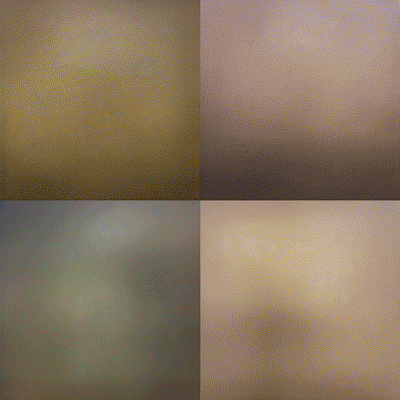
You can make AI art of your own at home!
Things you’ll need:
- A computer or smartphone with internet access
- Adult supervision
Directions:
Step 1: Open an internet browser, navigate to the Bing Image Creator, and log in.
Step 2:Next, think about the image you want to create and come up with a prompt using the Perfect Prompt Formula found below.
Step 3:Type your prompt into the Bing Image Creator and submit.
Step 4:Wait while the image generates and enjoy!
The Perfect Prompt Formula:
Coming up with a creative prompt for your image generator can be hard, but using the following four ideas in your prompt can help you take advantage of the AI’s capabilities and make better art!
The best prompts on average have about 40 words and follow this structure:
“A __[Perspective]__ view of a _ [Description of Subject]__ in the style of __ [Stylization]__, background is __ [Description of Background]__, feelings of __ [Emotion]__.”
Thinking about perspective first will help you identify what can and can't be in the scene, for example: using an extreme close-up view will likely obscure the background, so that tells you to focus the other details you give the AI on the foreground. Of course, these are not the only perspectives you can use, but generally these extremes are what the AI works best with, as they are very distinct from one another. This also tends to be the most finicky of the things we can add to our prompt, so don’t expect perfect results.
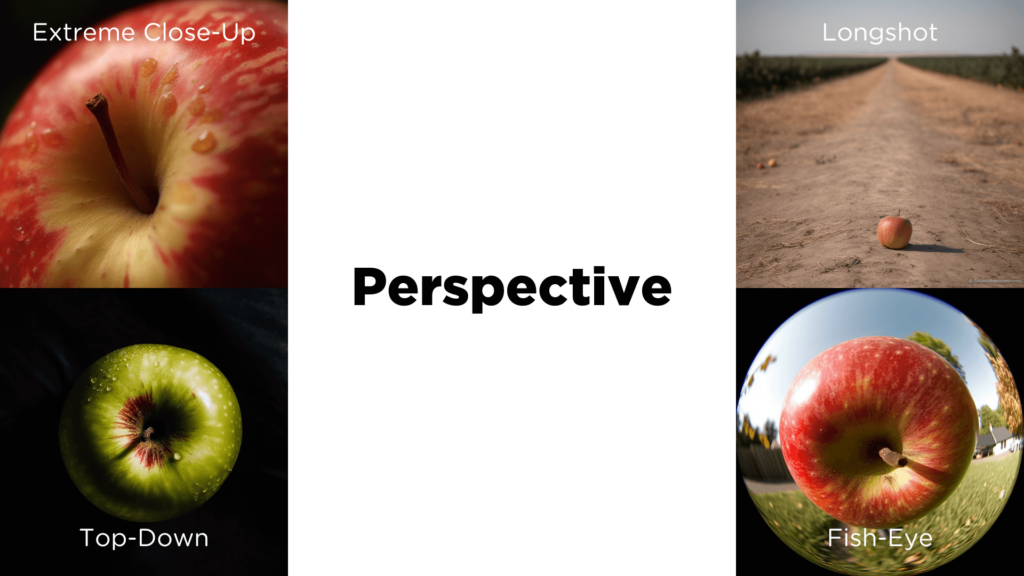
Giving your images styles from different genres of media can really boost the wow-factor of your art, and you can do this by adding the keywords “in the style of” to your prompt. Furthermore, if you really like a particular artist’s style you can nearly exactly replicate that person’s style. This is a good time to mention that none of this stylization is possible without the artists that make real art by hand, and as a result there are certainly ways to use this technology irresponsibly, so be aware of what you’re choosing to use it for.
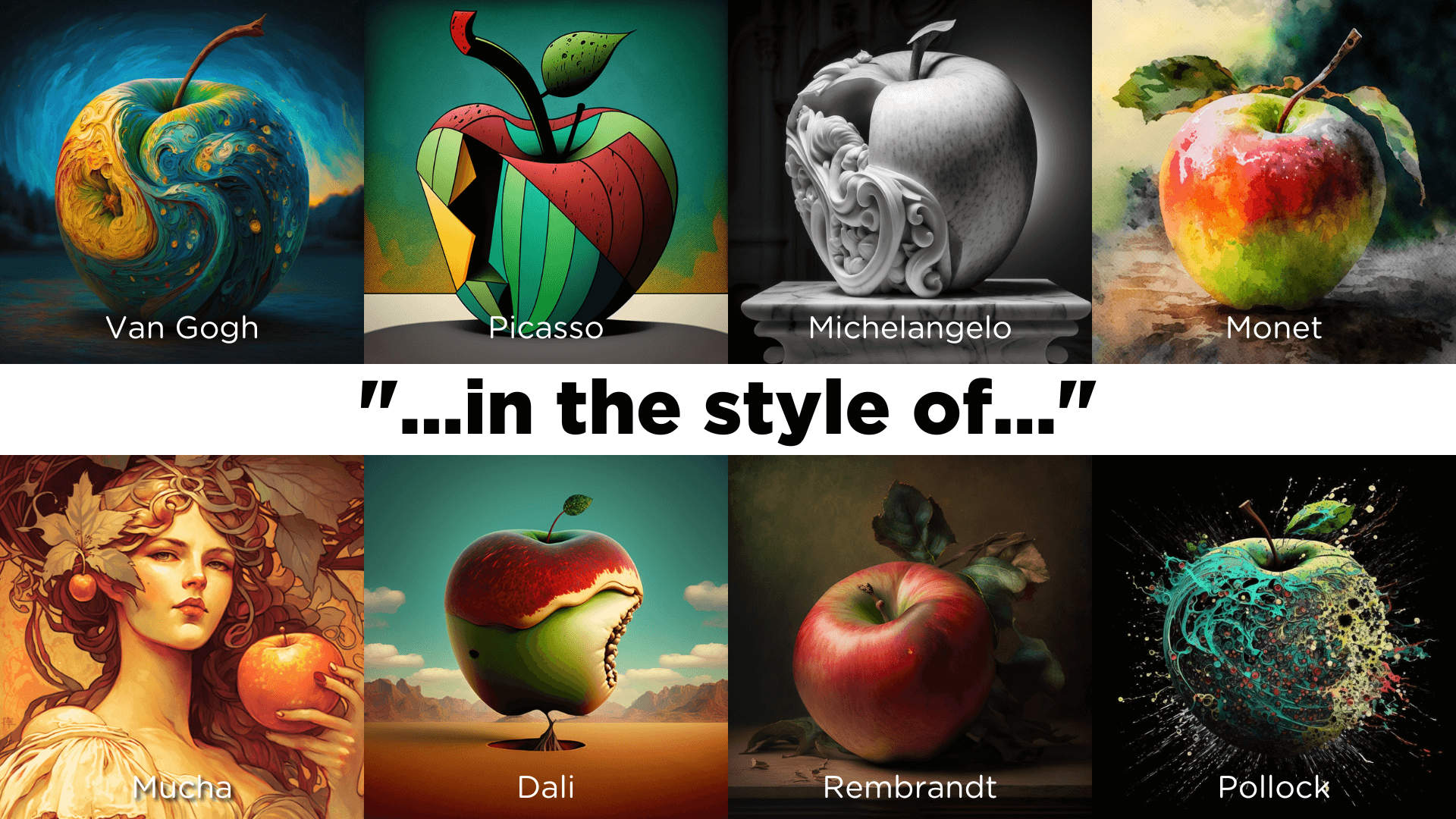
This is where you get to tell your story; What does your scene look like? What is happening? Paint a picture with words so the AI can do its thing.
Start with your subject. Anything you leave undescribed will be randomly generated, often resulting in the most basic or standard version of the subject in question, so it’s good to provide as much detail as you can when describing things.
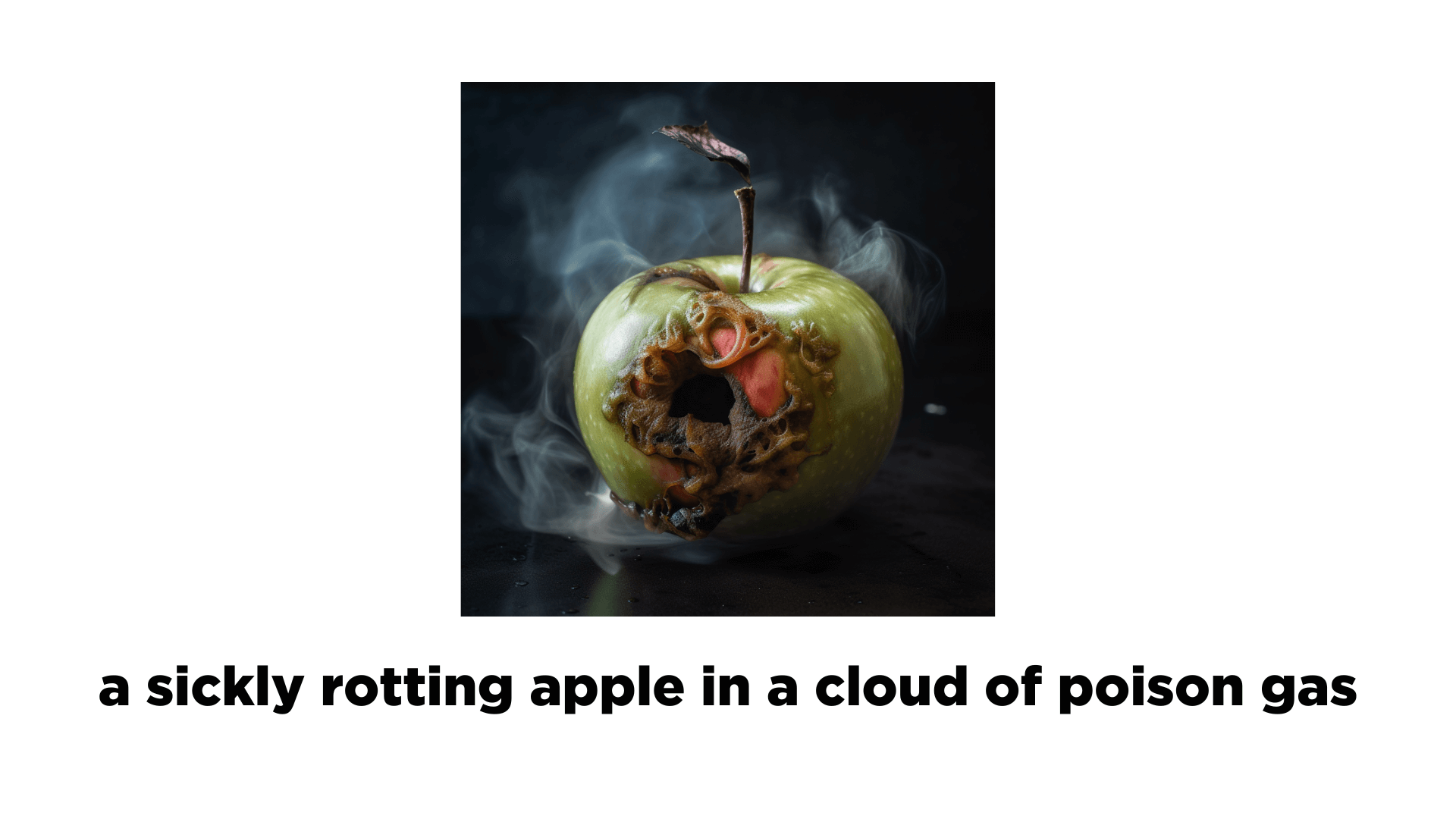
The same applies to your negative space in the image; don’t leave anything unsaid! If you want your subject to be somewhere you wouldn't necessarily expect it, you can use the keywords “[your subject], background is...” to separately define parts of your scene in your prompt. Depending on your perspective you may give more detail to your foreground or background.

We always want our art to evoke some sort of emotion in the viewer. If you look at a piece of art and feel neutral, that is likely an ineffective piece of art. You can subtly inject colors, shapes, themes, and emotion into your art by putting the keywords "feelings of” in your prompt. Sticking to the standard emotions (i.e., sad, happy, angry) often leads makes the AI just giving everything faces, which may or may not be what you want, so feel free to get abstract with this.
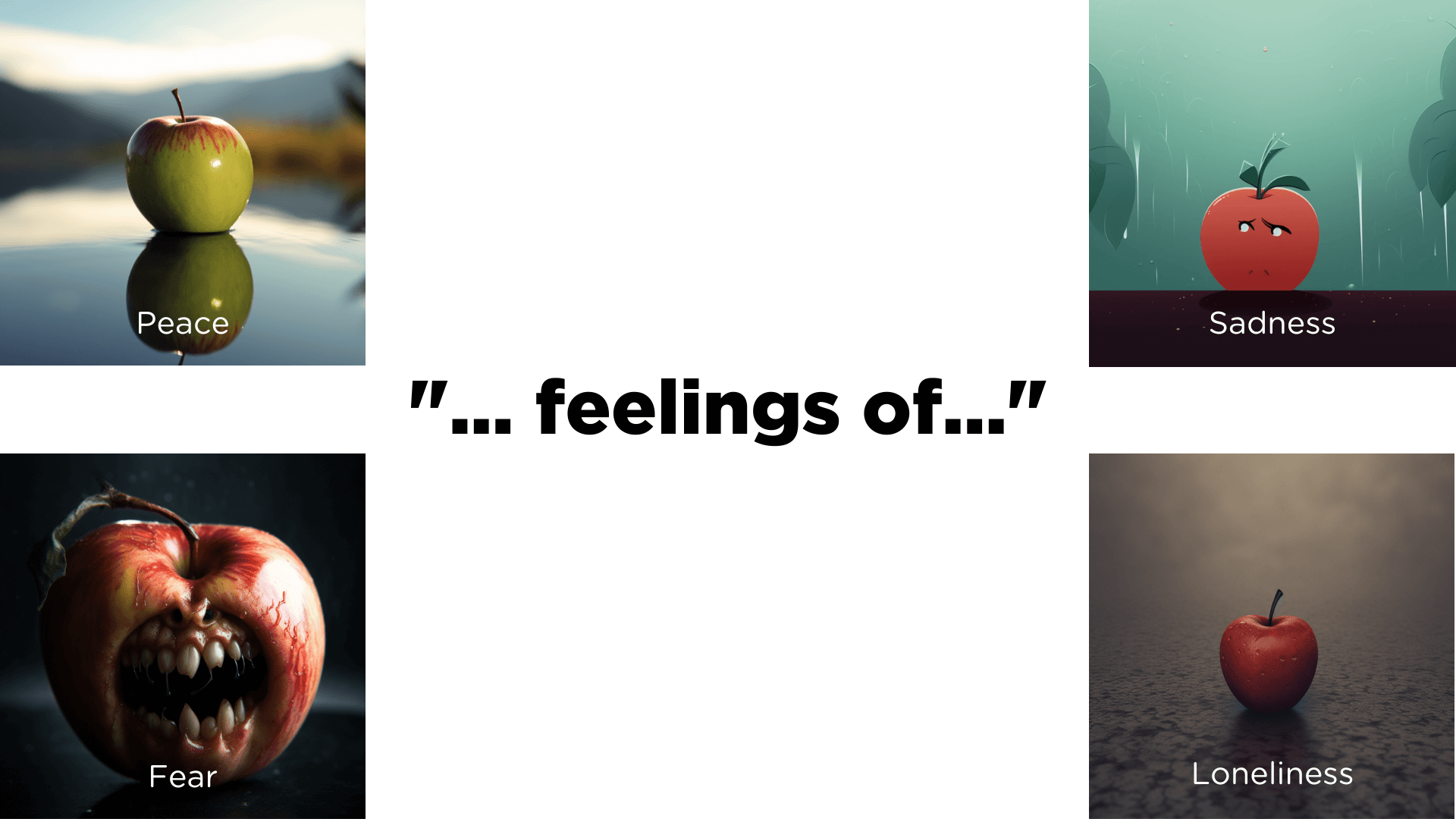
Want to dive deeper? Check out these articles:
https://www.paepper.com/blog/posts/how-and-why-stable-diffusion-works-for-text-to-image-generation/
https://research.aimultiple.com/data-collection/
https://towardsdatascience.com/what-is-an-encoder-decoder-model-86b3d57c5e1a
https://www.masterborn.com/blog/art-of-ai-will-ai-art-generators-displace-human-creativity